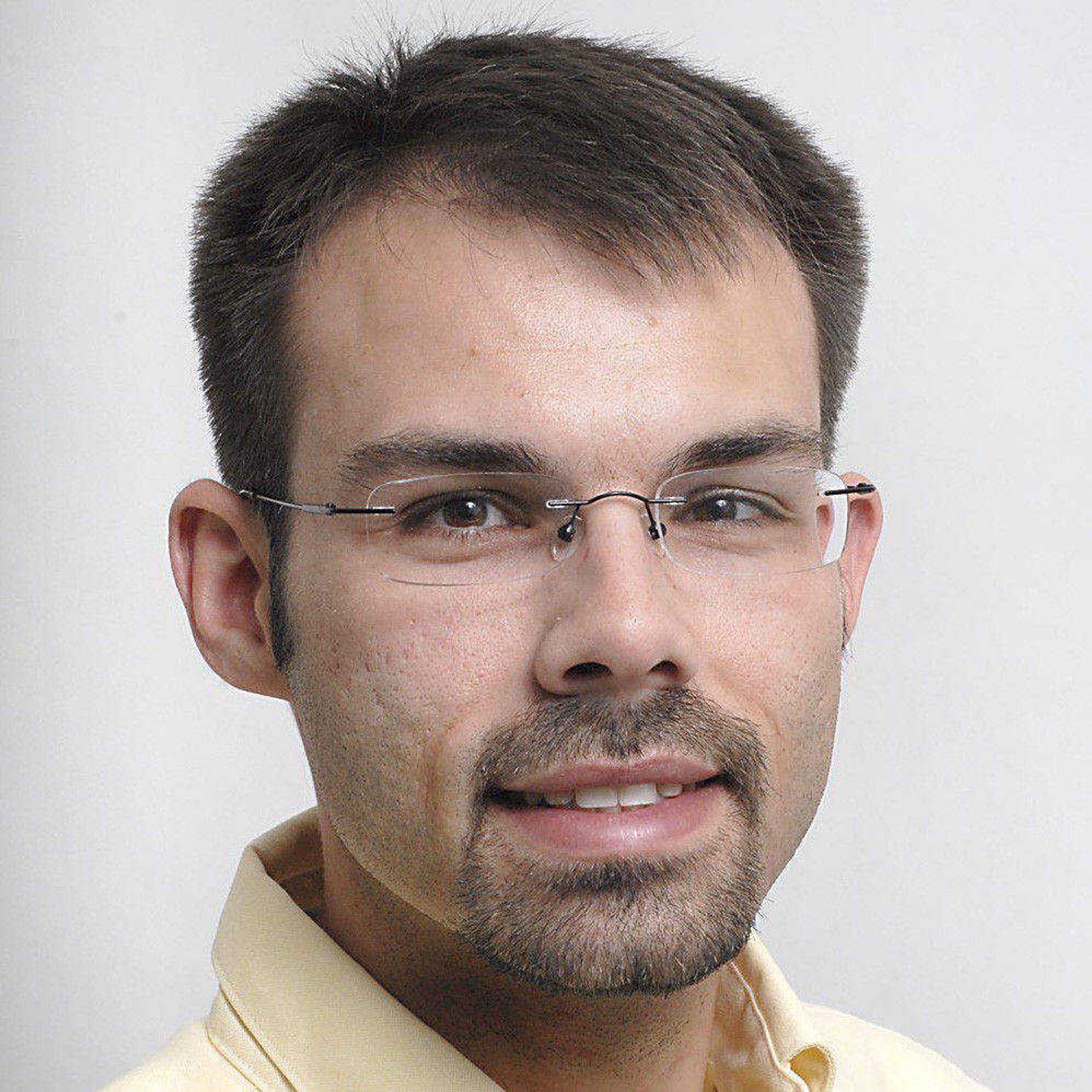Region stands to reap the benefits of alfalfa research
Agronomist Gerald Bryan thinks alfalfa research at Southeast Missouri State University's research farm could aid dairy farmers, cattlemen and the local economy.
Agronomist Gerald Bryan thinks alfalfa research at Southeast Missouri State University's research farm could aid dairy farmers, cattlemen and the local economy.
The crop was planted last fall on 25 acres at the university's David A. Barton Agriculture Research Center off Highway 25 in Gordonville. Staff and students are testing different varieties of the plant in a low-lying area, where alfalfa may not grow as well as it would on higher ground.
"The dairy people will be excited because, not only of the nutritional value the crop has for their cattle, but of the possibility of putting alfalfa in an area they couldn't have before," said Bryan, of the University of Missouri Extension office in Jackson. "There could also be a potential demand ... from those who don't have a large supply of [alfalfa] in areas like St. Louis. We could really see a big economic boost from alfalfa raised on the farm."
Alfalfa grows best in well-drained soil, Bryan said. Because the crop is raised in an area of the 252-acre farm more prone to flooding, a subsurface irrigation and drainage system was installed underneath the ground to remove some of the excess water.
Purchased by the Southeast Missouri State University Foundation in 2005 at a cost of about $6,500 per acre, the system has allowed farmers to get their crops in the field early and keep them irrigated more effectively. The system had increased yields for corn and soybean crops with less leaching of nutrients into water supplies. After the system was activated, corn yields After the system was activated, corn yields at the farm went from 120 to 214 bushels per acre. Soybean yields increased from 50 to 80 bushels per acre.
The irrigation and drainage system consists of a series of pipes called tiles placed in a grid 12 to 18 inches underground. A small pump brings the water into the system from a nearby water supply.
"What we're doing is starting from ground zero. We're hoping to if we can get the kind of yield increase like what we saw with the corn, said Neil Hermann, manager of the research center.
Hermann, a few Southeast professors and a staff of three to 10 students do work at the research center. He said the students' contribution in particular is priceless.
"We're using this as a way to educate the students on the latest agricultural advances," Hermann said of the students who work part time there. "This is a valuable part of their education."
While the effort is largely a partnership between Southeast and the University of Missouri, Hermann said it wouldn't be possible without the support of the community. The research center receives donations of seed, fertilizer and herbicide to aid in their efforts.
"It has to be community-based," Hermann said. "The students are preparing to gain employment in the ag industry and if we're not in tune with what the community needs then we're doing them a disservice."
bblackwell@semissourian.com
388-3628
Pertinent address:
6885 State Highway 25 Gordonville, MO
Connect with the Southeast Missourian Newsroom:
For corrections to this story or other insights for the editor, click here. To submit a letter to the editor, click here. To learn about the Southeast Missourian’s AI Policy, click here.











